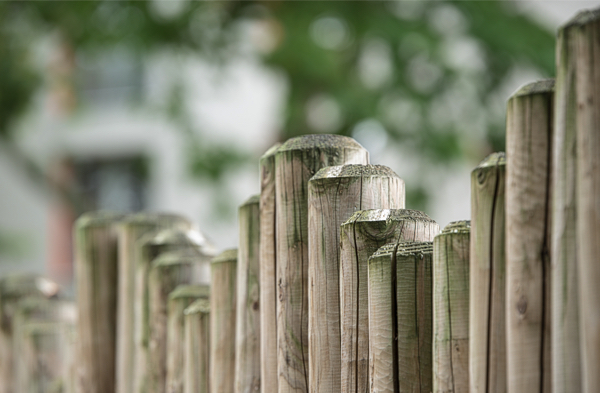
When it comes to preserving the longevity and durability of wood posts in your home, choosing the right wood preservative is crucial. Wood posts are commonly used for decks, fences, pergolas, and other outdoor structures, making them susceptible to various factors that can lead to deterioration, such as moisture, insects, and UV exposure. In this article, we will explore some of the best wood preservatives available to protect and extend the lifespan of your home posts.
- Pressure-Treated Wood: Pressure-treated wood is one of the most popular options for preserving wood posts. It undergoes a treatment process where preservatives are forced into the wood under high pressure, providing enhanced resistance against decay, insects, and rot. The preservatives used in pressure-treated wood commonly include copper compounds, which act as a barrier against pests and fungi.
Advantages:
- Excellent protection against insects and rot.
- Widely available and cost-effective.
- Suitable for a wide range of outdoor applications.
Limitations:
- The treatment process involves the use of chemicals, which may raise environmental concerns for some individuals.
- Over time, the preservatives may leach out of the wood, requiring periodic reapplication of a sealant or wood preservative.
- Copper Naphthenate: Copper naphthenate is a widely used wood preservative that provides effective protection against decay, insects, and fungal growth. It is available in liquid form and can be applied to the surface of the wood or injected into pre-drilled holes.
Advantages:
- Proven effectiveness against a wide range of wood-destroying organisms.
- Easy to apply and readily available in home improvement stores.
- Suitable for both above-ground and ground-contact applications.
Limitations:
- The color of the wood may darken slightly after application.
- Reapplication may be required every few years for optimal protection.
- Borate-Based Preservatives: Borate-based preservatives, such as disodium octaborate tetrahydrate, are effective at protecting wood against termites, decay fungi, and other wood-destroying organisms. They are typically available in powdered or liquid form and are applied to the wood surface or mixed with water for penetration.
Advantages:
- Non-toxic to humans and animals.
- Environmentally friendly option.
- Long-lasting protection against insects and decay.
Limitations:
- Less effective in high-moisture environments.
- Not suitable for direct soil contact applications.
- Oil-Based Wood Preservatives: Oil-based wood preservatives, such as linseed oil or tung oil, are natural products that penetrate deep into the wood, providing protection against moisture, insects, and UV damage. They enhance the wood’s natural beauty while preserving its structural integrity.
Advantages:
- Environmentally friendly option.
- Enhances the wood’s natural appearance.
- Protects against moisture and UV exposure.
Limitations:
- Requires periodic reapplication for continuous protection.
- May require longer drying times compared to other preservatives.
- Epoxy Wood Preservatives: Epoxy wood preservatives are a two-part system that combines epoxy resin and a hardener. They penetrate deeply into the wood, providing excellent protection against decay, insects, and weathering. Epoxy preservatives are commonly used for restoration projects or for treating highly deteriorated wood.
Advantages:
- Exceptional protection against decay and insect damage.
- Ideal for restoring severely damaged wood.
- Forms a strong bond with the wood, enhancing its structural integrity.
Limitations:
- More expensive than other preservative options.
- Requires proper application techniques and safety precautions.
It’s important to note that different wood preservatives have varying application methods and guidelines. Always follow the manufacturer’s instructions and safety precautions when applying any wood preservative. Additionally, consider the specific requirements of your project, such as the wood species, application method, and environmental conditions, to choose the most suitable wood preservative.
In conclusion, selecting the best wood preservative for your home posts is crucial for protecting them against decay, insects, and other forms of deterioration. Pressure-treated wood, copper naphthenate, borate-based preservatives, oil-based wood preservatives, and epoxy wood preservatives are among the top options available. Evaluate the advantages and limitations of each product, and consider factors such as effectiveness, environmental impact, application requirements, and budget to make an informed decision. By choosing the right wood preservative and applying it properly, you can extend the lifespan of your home posts and ensure their long-term durability.
